The Energy Crisis: Reducing Toddler Washing Machine Runs
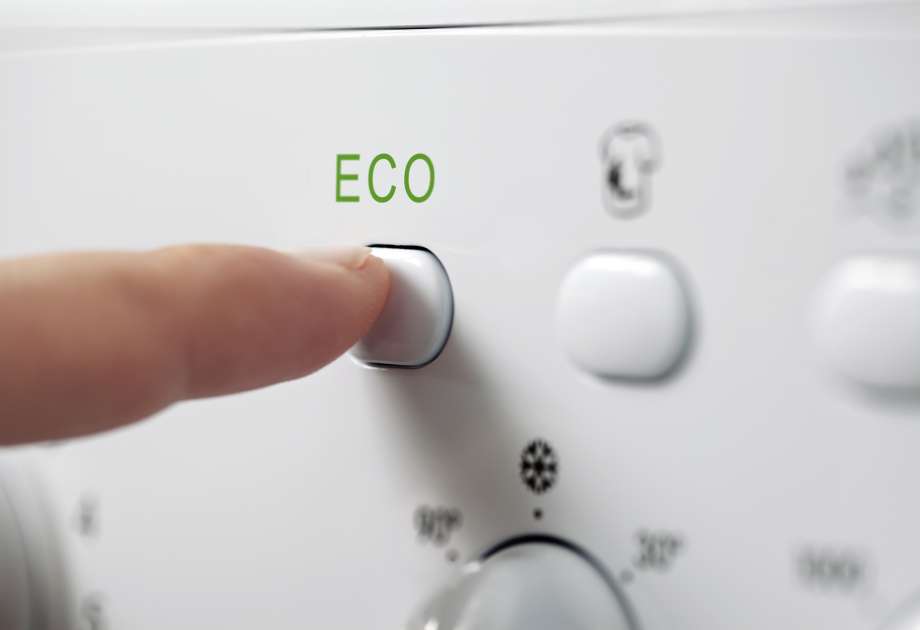
Did you know that the average family does approximately six loads of laundry every week? This can be even higher for the parents of babies and toddlers who seem to have more outfit changes in a single day than a runway model does during the entirety of fashion week.
With the concerns over the state of our nation’s power grid and its ability to handle the detrimental impacts of climate change as well as our current energy crisis that has precipitated from the war in Ukraine, shifting towards more effective means of sustainability is more crucial than ever. With the costs of energy bills soaring throughout the world, keeping energy costs down is a financial imperative for many families across the globe.
While keeping your thermostat higher throughout the day can have a big impact, another major way to improve your energy efficiency is to change your laundry habits. In this article, we sort through the best ways to cut down on your energy use, save money, and lower your carbon footprint.
Top Energy Saving Techniques to Implement in the Laundry Room
1. Invest in Energy Efficient Appliances
One of the best ways to lower your energy consumption, (and your electricity bill), is to purchase Energy Star appliances. These are machines that have met specific criteria set by the Department of Energy or the Environmental Protection Agency. By choosing products that have this little blue sticker, you will notice a long term impact.
In fact, the washing machines use “25% less energy and 33% less water” and the clothes dryers use “20% less energy than standard models.” Moreover, most of these products utilize smart features that can allow users to control the water levels and the amount of heat being used. The dryers are also usually programmed with a moisture sensor that triggers the machine to shut off when the load is done, even if the time is not up.
Conversely, older products will require more time to complete the same task, and therefore, use more kilowatt hours (kWH) in the process. These are the units of energy that your electrical company uses to calculate your bill.
2. Don’t Overload Your Washer or Dryer
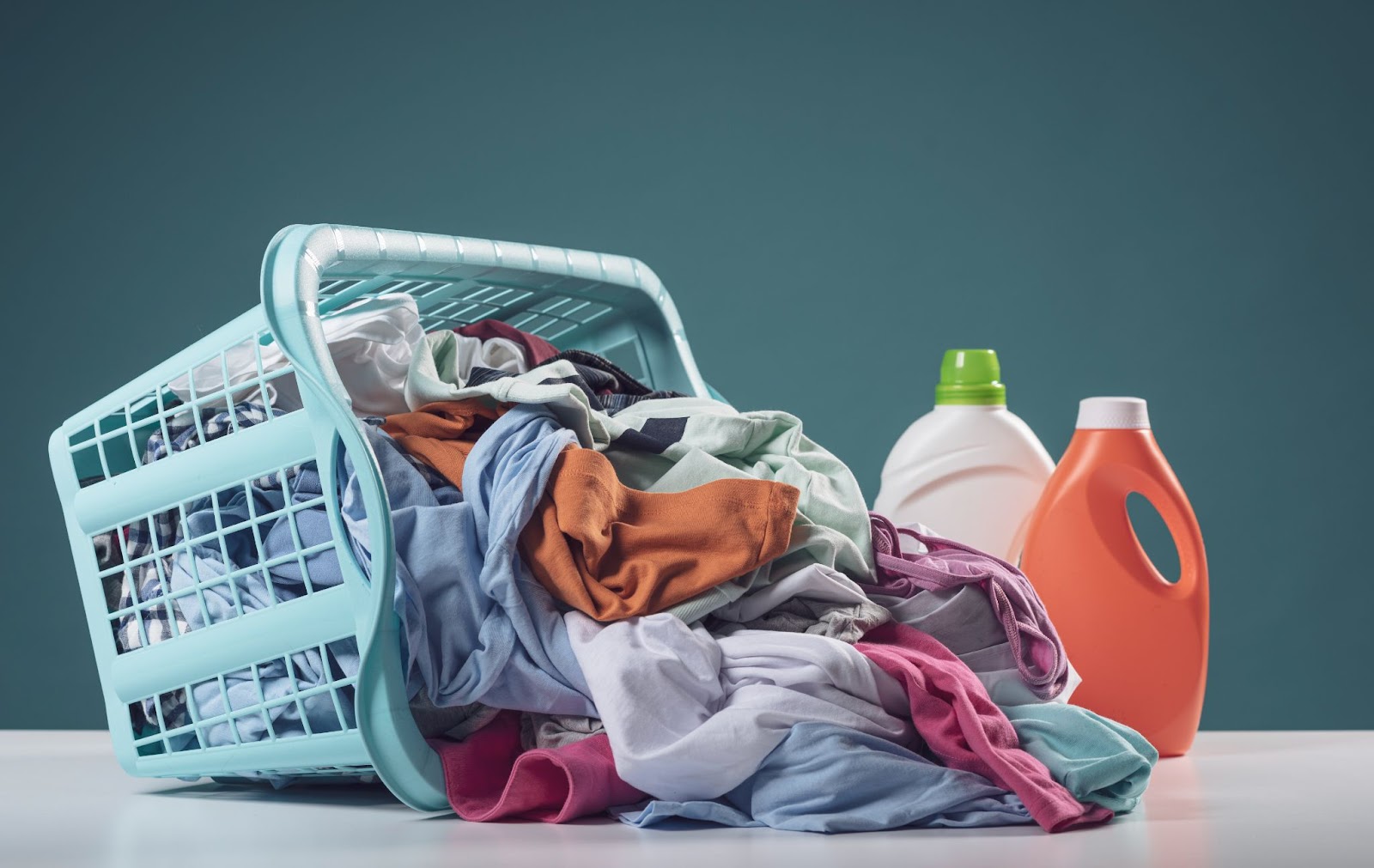
In case you didn’t know, a full load is the equivalent of filling three quarters of the space in the washer or dryer basin. This allows your clothes to effectively get clean and dry in a reasonable amount of time. By overloading these machines, they can become unbalanced, which will lengthen your wash and dry cycles.
3. Use Cold Water
According to the American Cleaning Institute, “about 90% of the energy the washing machine uses goes towards heating the water.” By simply selecting the cold cycle, you will not only save energy, but you don’t have to worry about sorting your loads. Better yet, fabrics like silk and wool are better suited for cold wash cycles. Additionally, certain stains will set when washed in hot water, so cold water is better for them anyway.
4. Don’t Neglect The Lint Trap
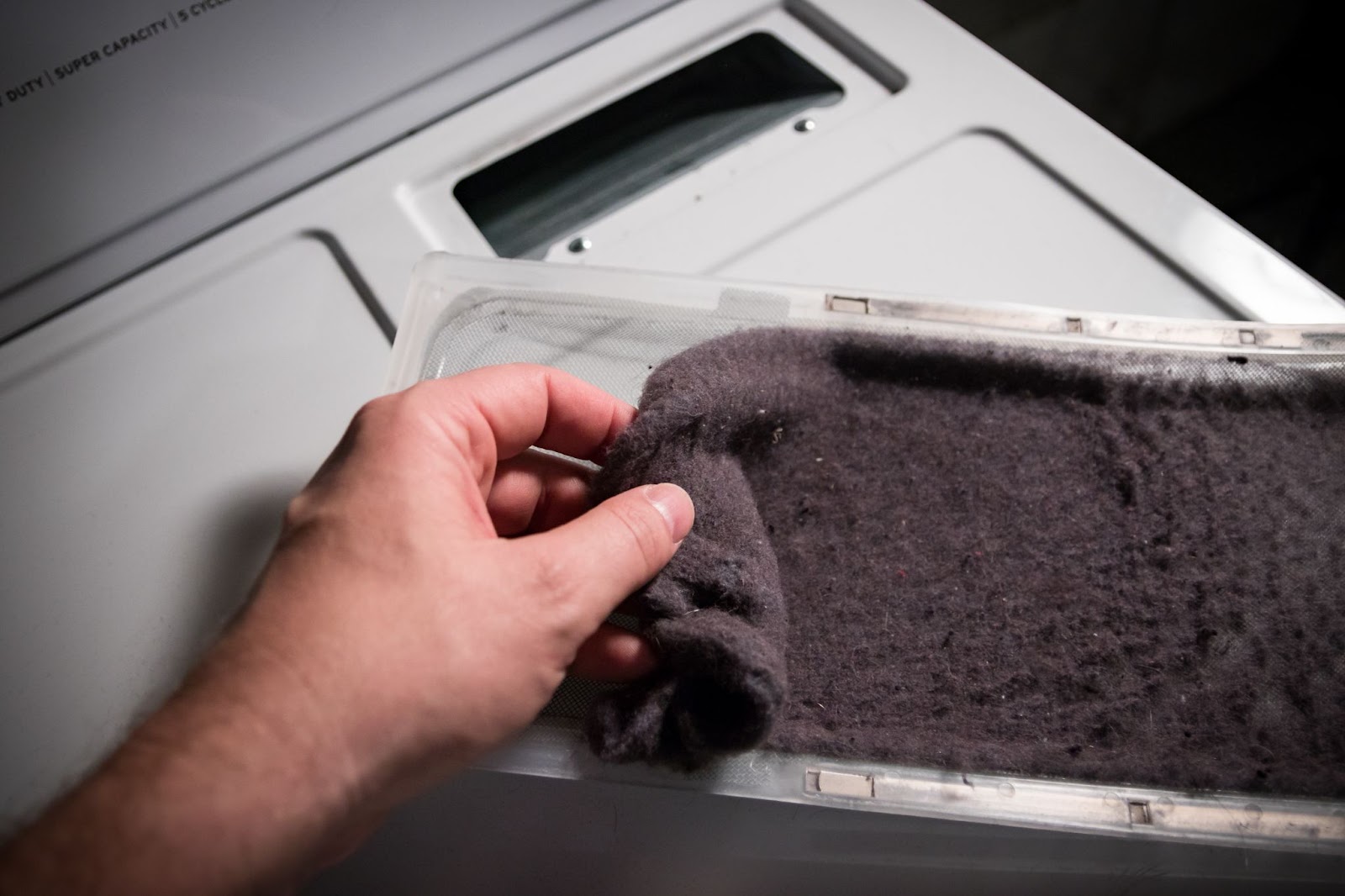
Without proper air flow, your dryer has to work harder and your energy usage will go up. Clean out your lint trap after every cycle and conduct a deeper cleaning every few months. Grab those vacuum attachments and suction out any debris that has fallen below the lint screen. Also, ensure that the tube connecting the machine to the wall is not kinked.
Another great way to limit the lint is to nix the dryer sheets. These products are designed to lessen static cling, soften your fabrics, and add a pleasant smell to your freshly cleaned clothes. However, these chemicals and fragrances will coat the lint tray, lessening the operating efficiency of the machine. An easy fix is to use wool dryer balls or a ball of aluminum foil to help with static cling - it also separates the clothes. These options are also better for young children who suffer from conditions like eczema.
5. Air Dry When Possible
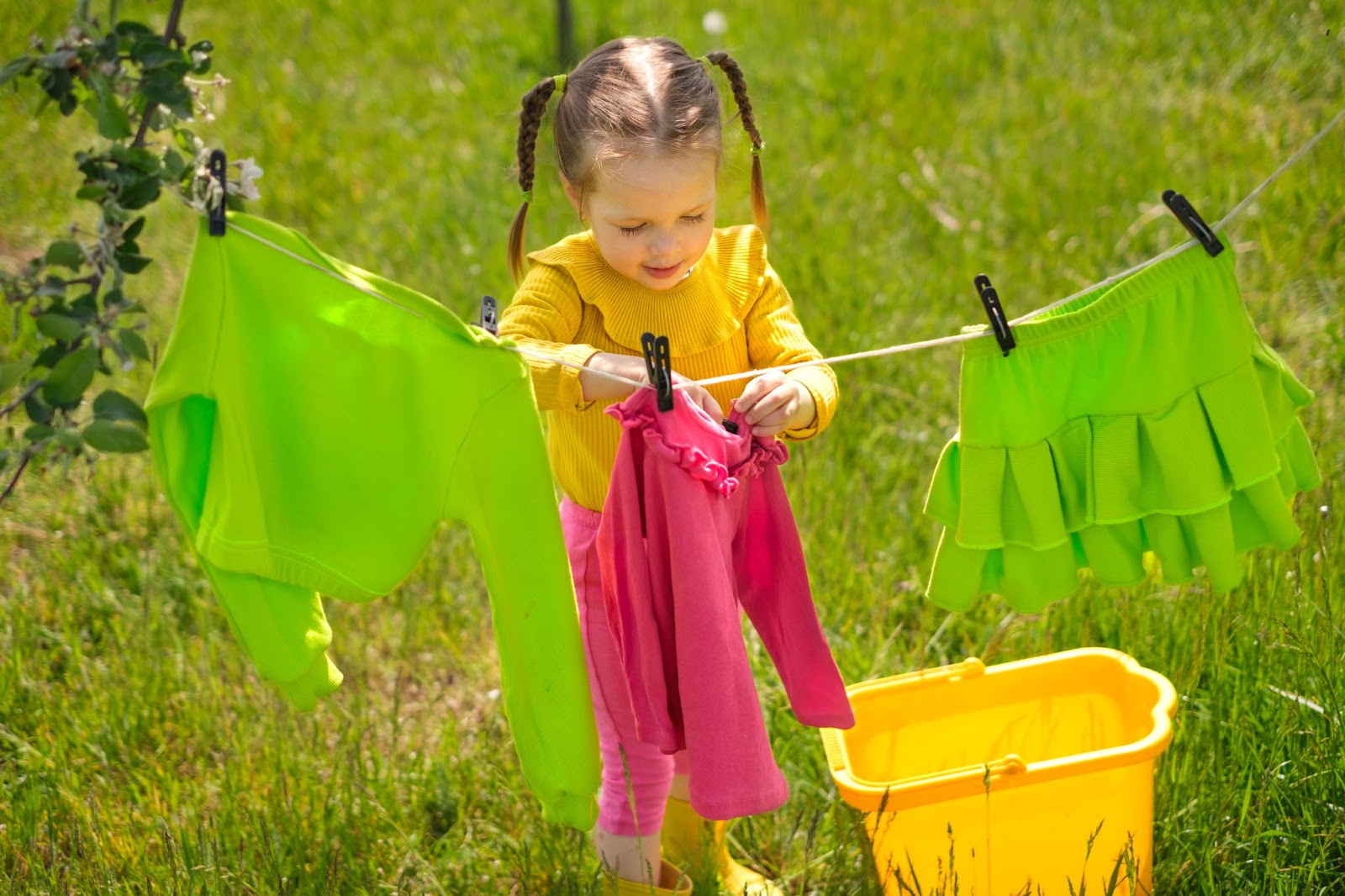
If you truly want to lessen your carbon footprint and elongate the life of your clothes, consider letting your apparel air dry. The clothes line worked for over 100 years. Why not revert back to this method? Not only is this a fantastic money-saving technique, but sunlight is also a natural sanitizer. You will also prevent the stretching and shrinkage that occurs when your clothes are put in the dryer.
However, if your little one suffers from seasonal allergies such as hay-fever, be careful not to dry their clothes outside - the pollon can stick to the fabric and cause further irritation. Simply air dry their clothes on a rack in your bathroom instead.
6. Do Your Laundry at Night
Another important thing to remember is that your dryer gets hot. This means that it will emit heat into the home, making your air conditioning work harder than it has to, especially in the hot summer months. By doing your laundry in the late evening and early morning hours, you can greatly diminish the cost of your energy bills.
As a matter of fact, many energy companies will actually charge you a lower rate if you consume most of your energy during non-peak times. These hours will vary by location and season, so call your utility company to determine the best times for your household. You can also install a smart meter, which can give you similar information.
7. Hand Wash Your Clothes
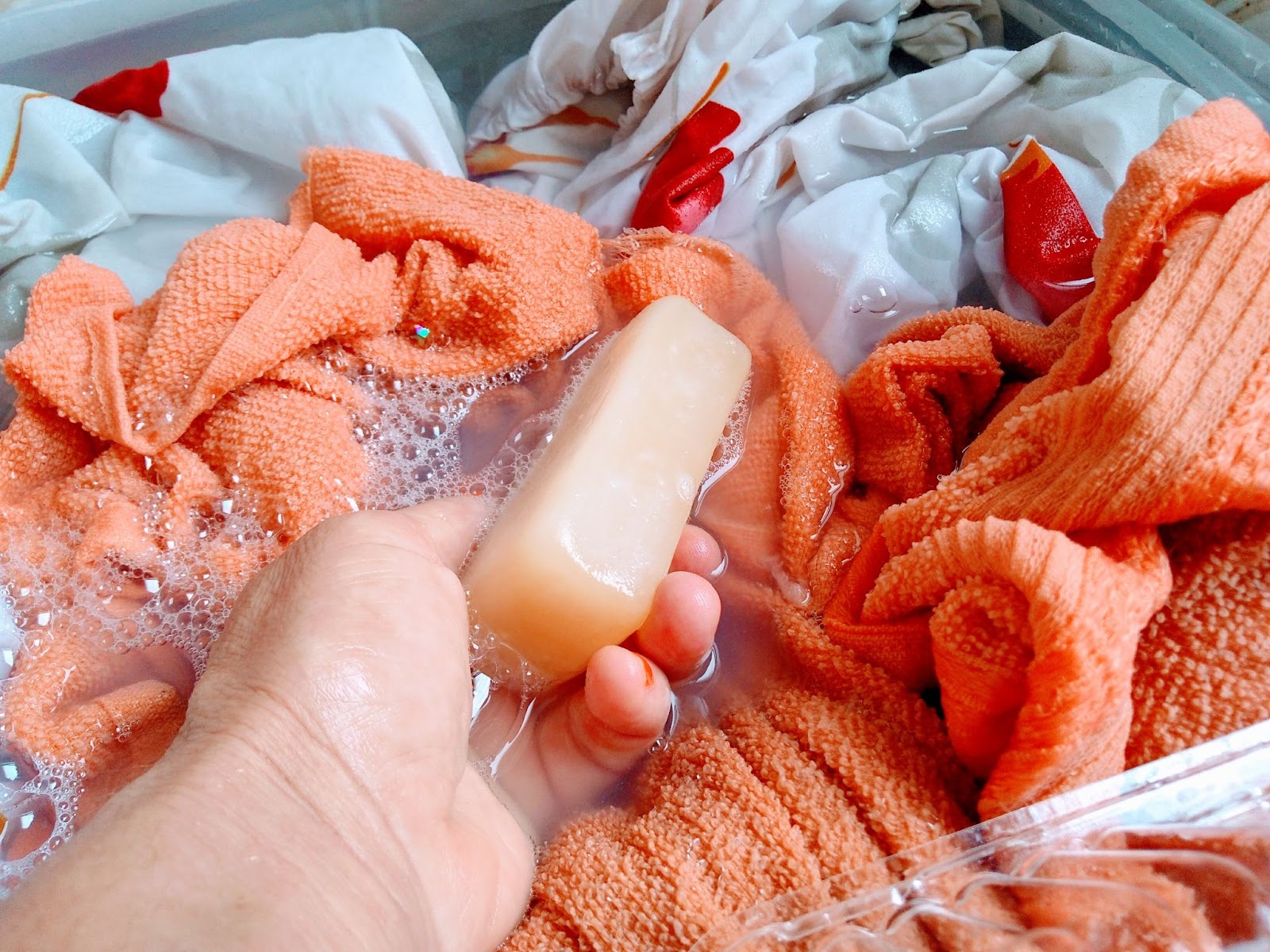
For delicate items and clothes that you need in the immediate future, take ten minutes to wash them by hand! All you need is a small basin and your preferred detergent. Make sure to read the prescribed care instructions on the tag and then allow the items to soak for five minutes. This can take longer for heavily soiled clothes.
If you are worried about germs, add in some white vinegar to the water and detergent mixture. This will naturally whiten, brighten, soften, and disinfect your clothes! Then, simply rinse the items under running water. Avoid wringing out the clothes. Instead, grab your salad spinner to quickly remove the excess water.
You can also use a spin dryer if you have one handy. Unlike a tumble dryer, this uses no heat so it is much more energy efficient. This can also be an exceptionally helpful tool for families who live in areas like New York and don’t have laundry facilities in their apartments.
8. Pre-Treat Your Little One’s Stains
Address stains as they occur. This can ensure that your clothes get clean the first time you wash them and prevent the need to re-address problem areas later. Most importantly, remember that most toddler clothes are going to get dirty, so work smarter, not harder.
Designate certain clothes for messy activities. That way stains aren’t as much of a concern. Also, if the clothes get muddy in the backyard, don‘t put them in a long wash cycle. Rinse off their clothes first with the hose instead.
9. Clean Your Washing Machine
Despite the name, your washing machine does need a little TLC every once in a while. This can easily be accomplished by adding two cups of white vinegar to the empty wash basin and running it on the highest heat setting. Just make sure to conduct this task at night to avoid any excess heat transmission in the house.

